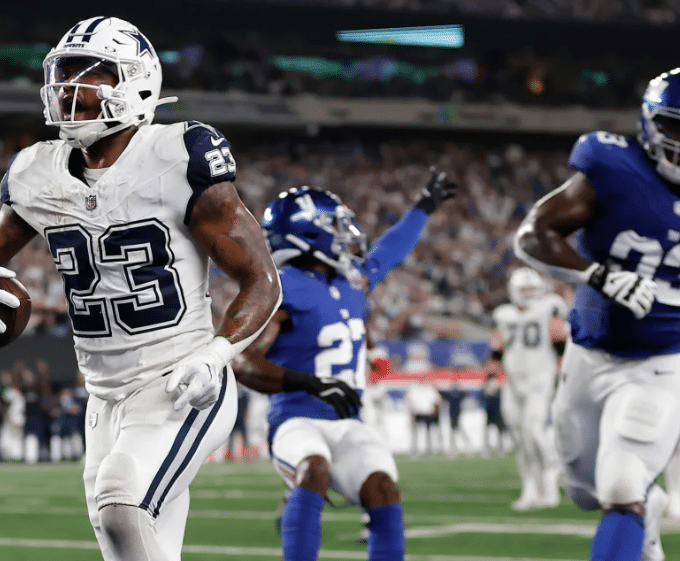Defense is often the unsung hero of football, overshadowed by the glamor of high-scoring offenses, but it remains an integral part of the game. Historically, stout defenses have been the cornerstone of championship teams. The saying “Defense wins championships” is not just a cliché; it has been proven time and again in football history.
The defensive strategies in football have evolved, adapting to the offensive trends of each era. From the classic 4-3 defensive alignment to the versatile 3-4 configurations, teams have constantly sought ways to disrupt offensive schemes effectively. The innovation of the zone blitz, which combines the elements of a zone defense and a blitz, has been a game-changer, creating uncertainty for quarterbacks and offensive lines.
Iconic defenses like the Pittsburgh Steelers’ “Steel Curtain” of the 1970s set the benchmark for defensive dominance. The 1985 Chicago Bears, with their revolutionary 46 Defense, decimated offenses with aggressive and unrelenting pressure. The 2000 Baltimore Ravens, powered by a historic defense led by Ray Lewis, demonstrated how a formidable defense can carry a team to the Super Bowl.
Defensive roles such as linebackers, cornerbacks, and safeties each carry specific responsibilities that are vital to the overall defense. Players like Lawrence Taylor revolutionized the linebacker position, showing how a single player’s presence could impact the game’s outcome. Deion Sanders, known for his lockdown coverage, changed the way cornerbacks played. And Ray Lewis’s leadership and skills as a middle linebacker defined a generation.
Looking to the future, defensive strategy in football continues to evolve, with teams now emphasizing speed and versatility to counter fast-paced offenses. The enduring impact of a strong defense on the outcome of games is something that remains constant, no matter how the sport evolves. As offenses grow more complex and quarterbacks more skilled, the challenge for defenses to adapt and overcome becomes all the more critical.
Defense in football is a chess match, a battle of wits and physicality that often dictates the tempo and outcome of the game. It is where the adage “Defense wins championships” is rooted, born out of the countless moments where defensive units have stood firm against seemingly unstoppable offensive juggernauts to clinch victory from the jaws of defeat.
Evolution of Defensive Strategies: As offenses have evolved in football, so have defensive strategies. The 4-3 defense, characterized by four defensive linemen and three linebackers, was long the standard. It provided a balanced approach to stopping the run while offering enough flexibility against the pass. However, as passing became more prevalent, the 3-4 defense gained popularity. With three linemen and four linebackers, this scheme offered more versatility, allowing for creative blitzes and better coverage against the pass-heavy offenses.
The zone blitz, a brainchild of defensive mastermind Dick LeBeau, further revolutionized defensive strategy. By disguising whether a player would rush the quarterback or drop back into coverage, it confused offensive lines and quarterbacks, leading to rushed decisions and mistakes.
Legendary Defenses: Legendary defenses are revered not just for their raw talent but for their ability to work as a cohesive unit. The Pittsburgh Steelers’ “Steel Curtain” defense was a blend of brute force and strategic mastery, with Joe Greene and Jack Lambert as cornerstones of a defense that led the team to four Super Bowl titles in six years. The 1985 Chicago Bears, under defensive coordinator Buddy Ryan, introduced the 46 Defense—so named for Safety Doug Plank’s jersey number—which used aggressive and relentless pressure to overpower and intimidate offenses, culminating in one of the most dominant seasons ever seen in the NFL.
The 2000 Baltimore Ravens, led by the indomitable Ray Lewis, showcased a defense that seemed to function like a single, unbreakable entity, setting records for fewest points allowed in a 16-game regular season and bulldozing their way to a Super Bowl victory.
Impact Players: Defense in football is often about impact players who can change the course of a game with a single play. Lawrence Taylor, the Hall of Fame linebacker for the New York Giants, redefined the outside linebacker position, combining speed and power to terrorize quarterbacks. Deion Sanders, known as “Prime Time,” was a shutdown cornerback whose mere presence on the field could alter an opponent’s offensive game plan. Ray Lewis’s intensity and football IQ made him a two-time Defensive Player of the Year and a Super Bowl MVP.
Conclusion: The future of defensive strategy in football is ever-evolving. In today’s game, defenses are putting a premium on speed and flexibility to counter the trend of high-octane, pass-first offenses. Hybrid players who can rush the passer, defend against the run, and cover receivers are becoming more valuable. With offenses constantly innovating, defenses must continue to adapt, finding new ways to disrupt and control the game’s pace.
The enduring legacy of football’s great defenses and the brilliant minds that shaped them will always be a part of the sport’s rich history. As we look ahead, it’s clear that while the game may change, the importance of a formidable defense will remain a timeless truth in the quest for football glory.












